As designers and interior design enthusiasts, our homes have undergone a fair few makeovers over the years!
The way we decorate however, is changing. The industry as a whole has been waking up to the impact that decorating and 'fast furniture' has on the environment.
Fortunately, there are many ways that you can decorate your home whilst also being kinder to the planet. Read on for our sustainable decorating tips and 7 brands you need to know 🌎🌲
What is green interior design?
Put simply, green interior design or 'sustainable decorating' is decorating your home in a way that minimises the impact on the environment. This includes the materials we source for our furniture, the carbon emissions that are emitted during manufacture and the air pollution from transport as well as reducing waste.
It's also about creating healthy homes with minimal nasty toxins that protect and nurture us.
How to decorate sustainably
1. Choose quality, well-made pieces that will last
Similarly to the fashion industry, 'fast furniture' has become an issue as trends come and go at the speed of light and manufacturers are able to quickly produce cheap trend-led pieces. Not only does this have an impact on the environment, but also on your health as they tend to be made with the cheapest possible finishes and adhesives, which means they emit hazardous fumes and pollutants. Not the kind of thing you want in your home.
When you decorate your home, take the time to invest in quality items of furniture that you'll love for many years to come. An interior designer will help guide you to make considered selections and prevent you from making expensive mistakes like choosing furniture that doesn't fit in the room or won't work for your long term needs.
-3.png?width=1920&height=1250&name=Post%20image%20landscape%20(80)-3.png)
2. Upcycle your old pieces
Look a little closer to home when choosing items for your new space! Could a lick of paint or shiny new handles give it a new lease of life? Nothing quite beats the satisfaction of a successful DIY project after all. Just think how smug you'll be when your friends ask where you found it!
-1.png?width=1920&name=Landscape%20blog%20image%20600%20width%20(35)-1.png)
Image credit: My Bespoke Room
3. Donate or sell what you no longer need
Chances are you'll still be left with items that you no longer need or love. Rather than condemning them to landfills, try to sell them on to a new home instead. Remember - one person's trash is another's treasure!
4. Buy from UK brands
The cost to the environment of shipping items from other countries is one that could be avoided by shopping from UK based brands or brands that store their items in UK based warehouses. A little extra research can make a big difference.
-png-1.png?width=1920&name=Landscape%20blog%20image%20600%20width%20(32)-png-1.png)
Image credit: My Bespoke Room
5. Use sustainable materials
It goes without saying that plastic is a big 'no-no' along with other materials that will end up in landfills. Instead, try to incorporate natural materials into your design scheme. Materials like wood, bamboo, cork and stone are a big yes along with wool, linen and hemp for textiles.
When buying wooden furniture, however, check whether it's FSC certified. This will assure you that the wood came from sustainably managed forests.
A Place in the Sun's Jasmine Harman brought us in to create a vegan living room. Check out the full post here.
-2.png?width=1920&height=1250&name=Post%20image%20landscape%20(84)-2.png)
6. Buy low-VOC paint
Remember that new paint smell that lingers in the air for weeks? Well partially responsible for that is VOC which stands for "volatile organic compound." These chemicals, found in paint and other building materials are harmful to people as well as the environment.
When redecorating, opt for paint ranges that are low or no VOC. Scroll below for our top recommendation for an eco-friendly paint brand.
Want 5% off our favourite climate friendly paint brand? Use our exclusive code 'MBR5' to get 5% off COAT paint
7. Fill your home with plants
To eliminate any lingering pollutants in your home - fill it with plants! The NASA Clean Air Study showed houseplants can remove volatile organic compounds from indoor air. More specifically they actually capture pollutants and turn them into stored energy while releasing clean filtered air back into the room. Magic!
-png.png?width=1920&name=Landscape%20blog%20image%20600%20width%20(31)-png.png)
Image credit: My Bespoke Room
8. Make use of natural light
Minimising the time you have your lights switched on will not only help the environment but also your wallet. Try to ensure that the rooms you use most during the day (e.g. your kitchen) have plenty of natural light.
Swap out your old bulbs for the more efficient LED bulbs across your home. LED bulbs might be more expensive to buy up front, but they use around 90% less energy and can last up to fifteen times as long.
-3.png?width=1920&height=1250&name=Post%20image%20landscape%20(85)-3.png)
9. Draught proof your home
Another important way to reduce your home's carbon footprint and save money on your energy bill is to make it as thermally efficient as possible.
You can make big changes like upgrading the insulation in your home or swapping to more renewal energy sources like solar or a heat pump, but you can also make changes today that will help. Identify the areas in your home that a particularly draughty - your front door for example. Hang a thermal curtain up in front to stop that cold air getting in and the expensive warm air escaping.
-2.png?width=1920&height=1250&name=Post%20image%20landscape%20(62)-2.png)
Image credit: My Bespoke Room
10. Choose sustainable suppliers
Decorating sustainably can feel pretty overwhelming at times. It's made up of a lot of small steps that add up to make a really big impact. To help, we've rounded up some of our favourite brands that are making sustainability part of their DNA:
Paint
Source: COAT paints
The paint industry is a major contributor to waste and despite many brands upping their sustainability game recently, only one brand has made sustainability part of its DNA. They are the only paint company that can claim to be carbon positive meaning they go above and beyond just offsetting their own emissions.
COAT paints are entirely water-based and 100% solvent-free which means you have less nasty stuff in the air in your home too.
"We’re not chaining ourselves to trees at the weekend or anything, we’re just very conscious about making the right decisions for a better future - even if they’re the harder ones. People deserve to know who they’re buying from, to make conscious choices." Rob and Rob, co-founders at COAT.
Our Head of Design, Lucy recently spent the afternoon with COAT's colour expert, Aaron delving into the latest colour trends. Check out the video here.
Want 5% off our favourite climate friendly paint brand? Use our exclusive code 'MBR5' to get 5% off COAT paint
Lighting
Source: My Bespoke Room
Last year we met with the founders of houseof, Helen and Michael and were blown away by their passion to reverse climate change through their business - not just to tick the 'sustainability' check box.
They are front-runners in their industry in the fight against plastic packaging, which is no small task with all those fragile lighting parts. In April 2019 they achieved their goal of plastic-free, sustainable packaging.
As well as offsetting the company's emissions, they offer a simple way for their customers to do the same every time they turn on their lights. All you need to do is 'add to cart' at the checkout - it's as simple as that!
The next step? To be climate positive, meaning they remove more CO2 from the atmosphere than they create.
Watch our interview with houseof founder Helen here to hear more and get some great lighting tips along the way!
Furniture
.png?width=750&name=Landscape%20blog%20image%20600%20width%20(24).png)
Source: West Elm
With many furniture suppliers now opening their eyes to the importance of sustainability, we have to doth our cap to West Elm who made it one of their core value many years ago. As well as raising the bar in the industry, here are some of the amazing things they've achieved:
- 35% of their wood furniture is FSC certified, helping support forests and ecosystems worldwide.
- 1.5B litres of water and 2.1M kWh of energy saved in 2018 by sourcing organic cotton.
- 14M plastic bottles are kept out of landfills through REPREVE recycled polyester.
Hardware
.png?width=750&name=Landscape%20blog%20image%20600%20width%20(30).png)
Source: My Bespoke Room
Brass is a pretty big deal at the moment in the design world. But did you know that it's not as friendly to the planet as other materials? Neither did we! One change Plank are making in 2022 is to offer more variety in material types. They recently launched black-finished styles in aluminium, plus silver-finished items in stainless steel, since they discovered that these materials have a lesser carbon footprint than the process of coating brass to achieve the same colour.
"At Plank, we want to inspire homeowners to look at what they have, then to consider "home-improvements" as opposed to always buying brand new. Whether it's refreshing hardware on existing kitchen cabinetry, or upcycling a Gumtree-sourced-sideboard, we love to see the creative solutions that our community showcase in their homes — often working to a modest budget." Annie Aveyard, Co-Founder of Plank
Sofas
-1.png?width=750&name=Landscape%20blog%20image%20600%20width%20(26)-1.png)
Source: Swyft
To be a sustainable sofa brand it comes down to the materials used, how the items are manufactured and how they are transported and delivered. These are the three areas that Swyft have been tackling head-on.
You might know them for designing a sofa that can be flat packed (no more pivoting!) but there's also a sustainability impact to it as they explain: "flat packed sofas can help reduce your carbon footprint because we can fit and transport many more units in a truck than a fixed-frame equivalent, reducing the carbon footprint per unit."
All of their sofas are made from FSC certified materials. Which means they come from well-managed forests or recycled sources. They're also working hard to ensure their packaging is 100% sustainable by using cardboard without glue or staples to make it easy to recycle.
Special mention: Love Your Home and their collection with Kate Watson Smyth which is designed and manufactured in the UK. The collection makes use of 100% recycled plastic bottles for the velvet and is woven using solar power energy and recycled chip foam that would otherwise have ended up in a landfill.
Wallpaper
.png?width=750&name=Landscape%20blog%20image%20600%20width%20(28).png)
Source: Graham & Brown
Graham & Brown use around 23,000 tonnes of paper each year to make their wallpaper which is quite the number of trees! That's why for every tree they use, they plant 3 more in its place. They also use machines in the forest with biodegradable fuel, so any leaks do not damage the ecosystem on the forest floor.
When the paper eventually reaches the factory they use water-based inks to produce a final VOC-free product which is less harmful to the environment.
Art
-1.png?width=750&name=Landscape%20blog%20image%20600%20width%20(22)-1.png)
Source: My Bespoke Room
Abstract House are flying the sustainability flag in the art world! Their products are all handmade to order in the UK and we had the pleasure of stopping by their workshop for a visit last year which you can watch here.
Their packaging is 100% recyclable by removing all bubble wrap, replacing plastic glazing with real glass and swapping out packing tape with recyclable kraft tape. The paper their prints are on is FSC certified which means you know it came from sustainable forests.
Bedding
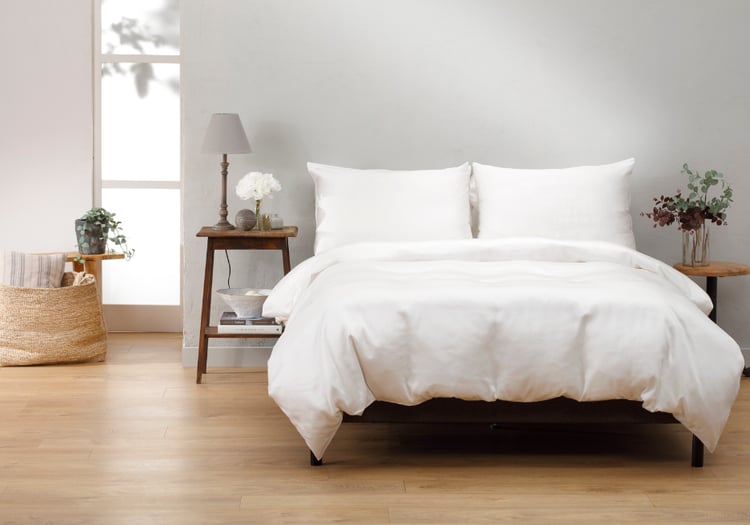
Source: Kuroa
The textile industry is a problem, and the cotton sheets we sleep in are not helping. In addition to the carbon intensity, one cotton t-shirt uses 2,700 litres of water to produce (the equivalent of what an average person drinks over a 2 ½ year period). Now consider that your average king-size bed sheet uses 20 times more cotton than that. Kuroa is on a mission to redefine the future of homeware with the launch of their first sustainable bedding range.
Kuroa products are made using 100% Tencel, made from the pulp of sustainably certified forests. Tencel uses dramatically less water to produce due to its completely closed-loop production process and naturally cultivated forests; it doesn’t need a cocktail of harmful pesticides to grow or extract and is low carbon.
It doesn’t stop there; In addition to the Tencel, Kuroa uses recycled labels, thread, wooden buttons and elastic in fitted sheets with offcuts being reincarnated as beautiful packaging.
In addition to raising the bar in sustainability, Kuroa products are designed to look great and feel fantastic.
Handcrafted in Portugal, Kuroa bedding is...
- Silky-soft & comfortable giving you the most luxurious night's sleep.
- Exceptionally breathable, helping to optimise body temperature.
- Hypoallergenic, keeps bacteria at bay and is kind on sensitive skin.
- All materials are chosen for high performance and low impact.
- And made to be remade, being biodegradable and recyclable.
Want 5% off our favourite eco-friendly bedding brand? Use our exclusive code 'MBR5' to get 5% off Kuroa products


.png)
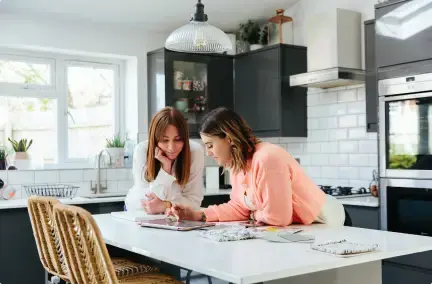

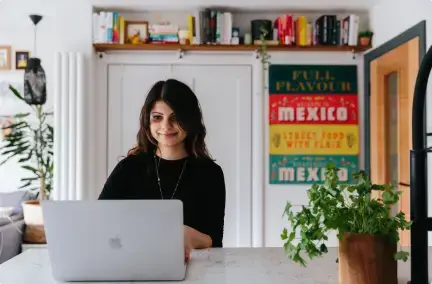




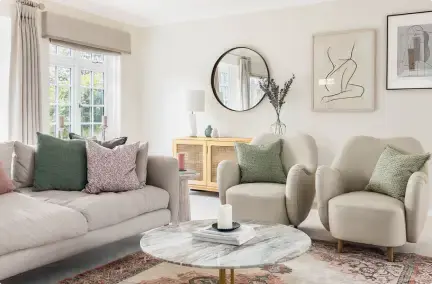

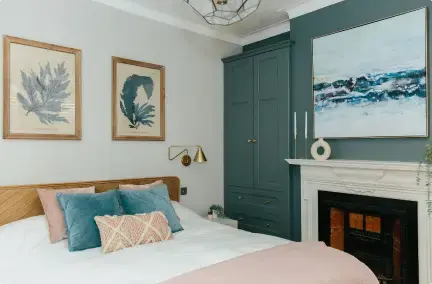


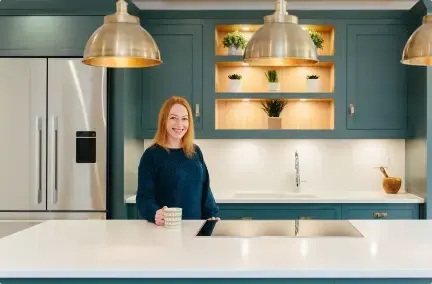
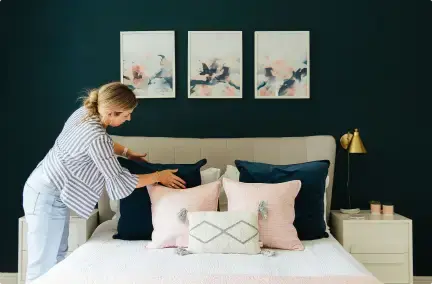
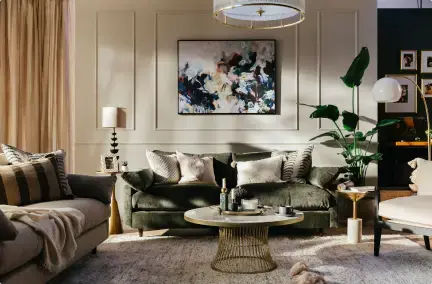


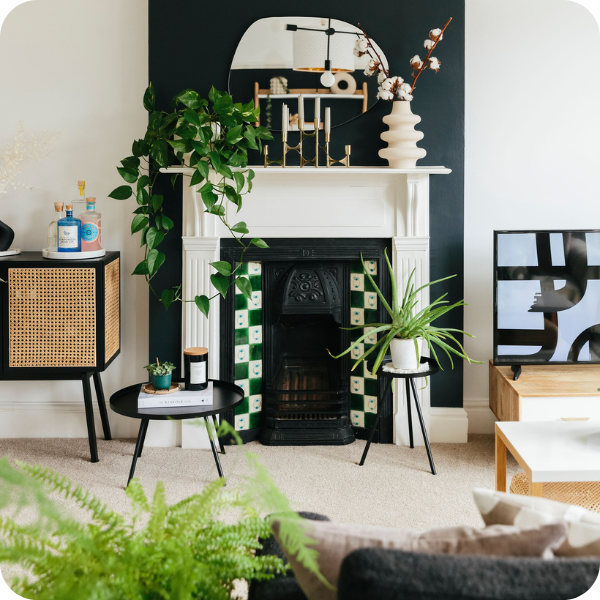
.png)



 Subscribe
Subscribe-1.png?width=750&name=Landscape%20blog%20image%20600%20width%20(21)-1.png)
.png?width=750&name=Landscape%20blog%20image%20600%20width%20(23).png)


-1.png?height=300&name=Untitled%20design%20(16)-1.png)
-2.png?height=300&name=Untitled%20design%20(15)-2.png)